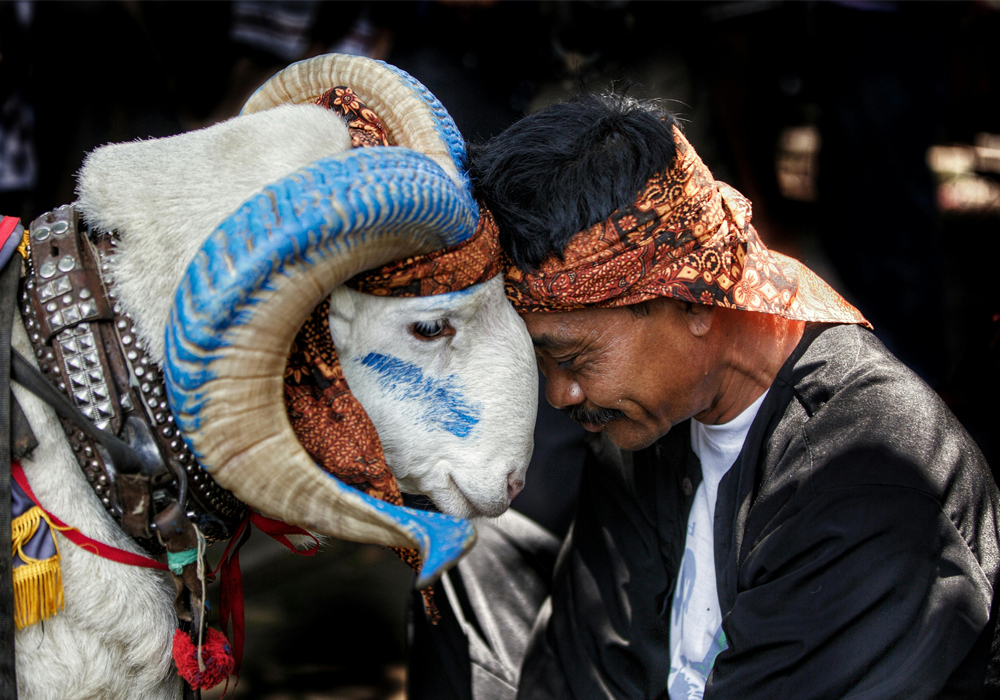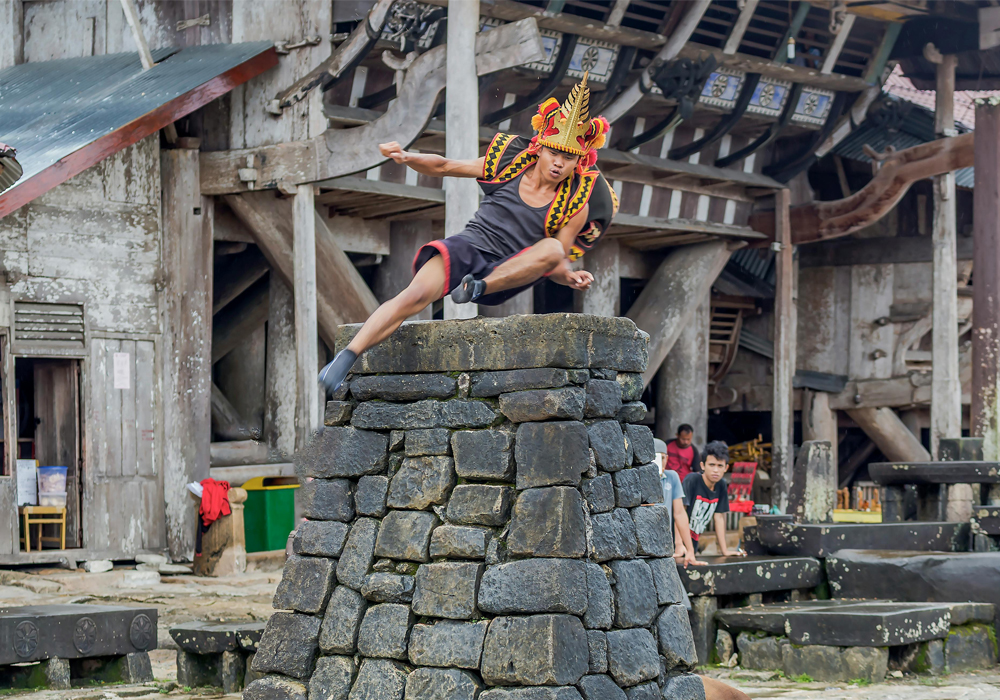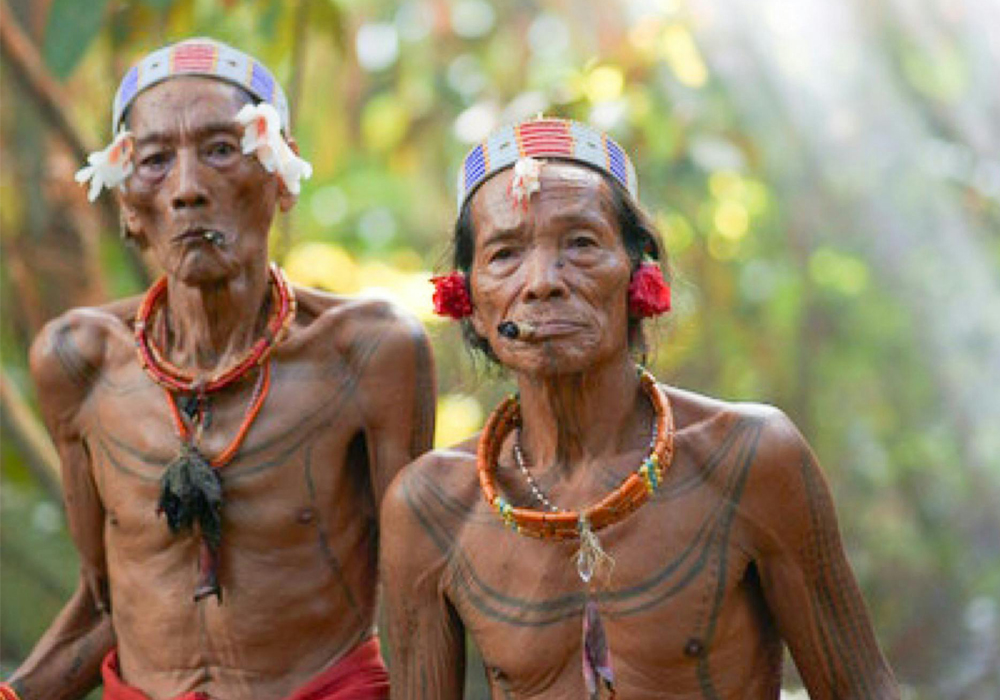A Fun and Comedic Look at Indonesian!. Forget what you think you know about geography. Indonesia isn’t just a country; it’s a very large, geographically confused bowl of fruit salad that decided to stretch itself out over thousands of islands, just to keep things interesting.
Think of it as the world’s most enthusiastic and sprawling game of island-hopping, where the players are about 280-odd million people!
The Headcount: A Quarter-Billion Reasons to Be Late
First, let’s get down to the sheer numerical audacity of this nation. How many Indonesians are there?
As of a recent count (and this number changes every time someone sneezes, gets married, or misses a train), Indonesia is home to approximately 280 to 283 million people. Yes, you read that right.
That makes Indonesia the fourth most populous country on Earth. To put that in perspective, imagine every person in the UK, France, and Germany deciding to have a massive, multicultural picnic… and then adding the entire population of Thailand just for the snacks. It’s a lot of people!

This immense population isn’t exactly evenly distributed, mind you. Most of them have decided that the island of Java—which looks relatively small on a world map—is the best place to be.
Java is basically a mega-city disguised as an island, hosting over half of the entire nation’s population. It’s so dense that if you drop a tempe (fermented soybean cake) in Jakarta, it will probably land on three different people, two motorbikes, and a small food stall.
The rest of the archipelago is often referred to with a shrug and a smile as the “Outer Islands” (which is code for “Where all the traffic is in the rivers and not on the roads”).
The Great Ancestral Mix-Up: Where Did Everyone Come From?
Now for the origin story, which is less a simple narrative and more a complex, multi-layered, and surprisingly delicious cultural gado-gado (a type of salad with peanut sauce).
Forget the idea of a single, straightforward ancestry. Indonesian origins are a glorious mash-up, a grand historical migration route that’s been operating for tens of thousands of years. Think of it as a very long, very crowded airport lounge with waves of travelers arriving over millennia.
- The First Arrivals (The Pioneers): Long, long ago, possibly over 50,000 years ago, groups of Homo sapiens trekked out of Africa, across Asia, and into the archipelago when sea levels were lower. These folks, who contributed to the ancestry of groups like those in Papua and Eastern Indonesia (often referred to as Melanesian-related ancestry), were the OGs, the first to set up camp and figure out how to cook rice (or maybe just root vegetables back then).
- The Austronesians (The Sea-Faring VIPs): The most significant, and arguably most influential, group arrived much later, around 5,000 to 6,000 years ago, in waves. These were the legendary Austronesian-speakers, often theorized to have come down from Taiwan/Formosa, through the Philippines, and into Indonesia. They were the seafaring rockstars of their time, bringing with them a shared language base (which evolved into the hundreds of local languages today), amazing boat-building skills, and a penchant for elaborate houses on stilts. They mixed with the existing populations, turning the archipelago into a genetic melting pot.
- The Spice Route Specials (The Trade Wind Tourists): Then, for the last 2,000 years, the islands became the world’s most popular stopover on the Silk and Spice Routes. People from India (bringing Hinduism, Buddhism, and Sanskrit names—which is why so many Indonesians know more about the Mahabharata than some people in India), Arabia (bringing Islam and beautiful calligraphy), China (bringing incredible food and entrepreneurial spirit), and Europe (bringing… well, colonialism, but let’s stick to the fun part) all sailed in, set up shops, married locals, and stirred the pot even more.
The result? The Indonesian people are a beautiful, chaotic mix of over 1,300 recognized ethnic groups, from the highly spiritual Balinese, the famously polite Javanese, the passionately independent Batak, and the vibrant Papuans, each with their own language, food, and hilarious version of the same national jokes.
It’s truly Bhinneka Tunggal Ika (Unity in Diversity) in action, often leading to conversations that start with, “Wait, you’re from where? So you eat what for breakfast?”
The Foreigner Files: What the World Thinks
Finally, let’s peek into the minds of the Bules (the friendly, slightly baffling term for Caucasians, which literally means “albino,” but is used without malice—it’s just a descriptive noun for “pale person who probably can’t handle chili”).

What do foreigners generally think of Indonesians? The consensus, thankfully, is overwhelmingly positive and often involves a mix of baffled adoration and deep respect for their resilience and good nature.
- The Unfailing Smile (The National Mood): The number one thing mentioned is the friendliness and perpetual smiles. Indonesians are champions of the public smile. Whether they are serving you a plate of ridiculously spicy food, stuck in a Jakarta traffic jam the size of Texas, or trying to explain the subtle cultural difference between sopan (polite) and santai (relaxed), there’s usually a genuine, easygoing smile. Foreigners often note that Indonesians seem to be the most patient and least confrontational people on the planet. Open anger or “losing face” (being publicly embarrassed or rude) is a big no-no, which means arguments are usually replaced with polite, slightly passive-aggressive silence, or just saying “yes” to everything and then doing the opposite later. It’s a national sport!
- The Hospitality Huddle (The Community Vibe): Forget privacy; Indonesians are all about the group. If you’re a foreigner, you’ll constantly be asked, “Sudah makan?” (“Have you eaten yet?”). This is not just a question; it’s a profound cultural inquiry and an invitation to instantly share food, or at least a moral obligation to ensure you are not starving. Foreigners love this deep sense of community and generosity. They are often invited to weddings, shared meals, and gotong royong (community working together) events, and are always amazed that Indonesians seem to need a friend with them, even just to go to the convenience store. To be alone is to be pitied: “Kok sendirian?” (Why are you by yourself?) is a genuinely sympathetic question, not a critique!
- The Time-Travelers (The Rubber Time Phenomenon): Foreigners are famously confused by Indonesia’s concept of time, affectionately called Jam Karet, or “Rubber Time.” An Indonesian might say they’ll arrive at 7 PM, but they mean “sometime after seven, maybe closer to eight, or whenever the traffic clears, or perhaps after my third cup of coffee.” Punctuality is a suggestion, not a law, and foreigners find this maddening until they realize that resisting it is futile. The moment you embrace Rubber Time, you become a little bit Indonesian (and a lot more relaxed).
- The Food Fanatics (The Flavor Fury): Of course, everyone loves Indonesian food. The complexity of the spice (thanks, Spice Route!) and the sheer variety of dishes mean a foreigner can spend a year traveling and still not eat the same thing twice. From the world-famous instant noodles, Indomie (a foreigner’s favorite national obsession), to the fiery sambal (chili paste) that locals eat with everything (and that makes Bule cry), the food is a highlight. They also note the national habit of dipping almost anything into condensed milk—from sweet bread to avocado juice. Don’t knock it ’til you try it!
In short, the Indonesian person is seen as a friendly, smiling, resilient, slightly time-confused, and eternally hungry soul who lives on a giant string of magical, crowded islands.
They are, for many, the very definition of warmth and welcoming chaos, and they make the world a much more interesting, and definitely much spicier, place. And with over 280 million of them, they’re not going anywhere, so you might as well grab a plate of nasi goreng and join the party. Just don’t ask them to be exactly on time.
